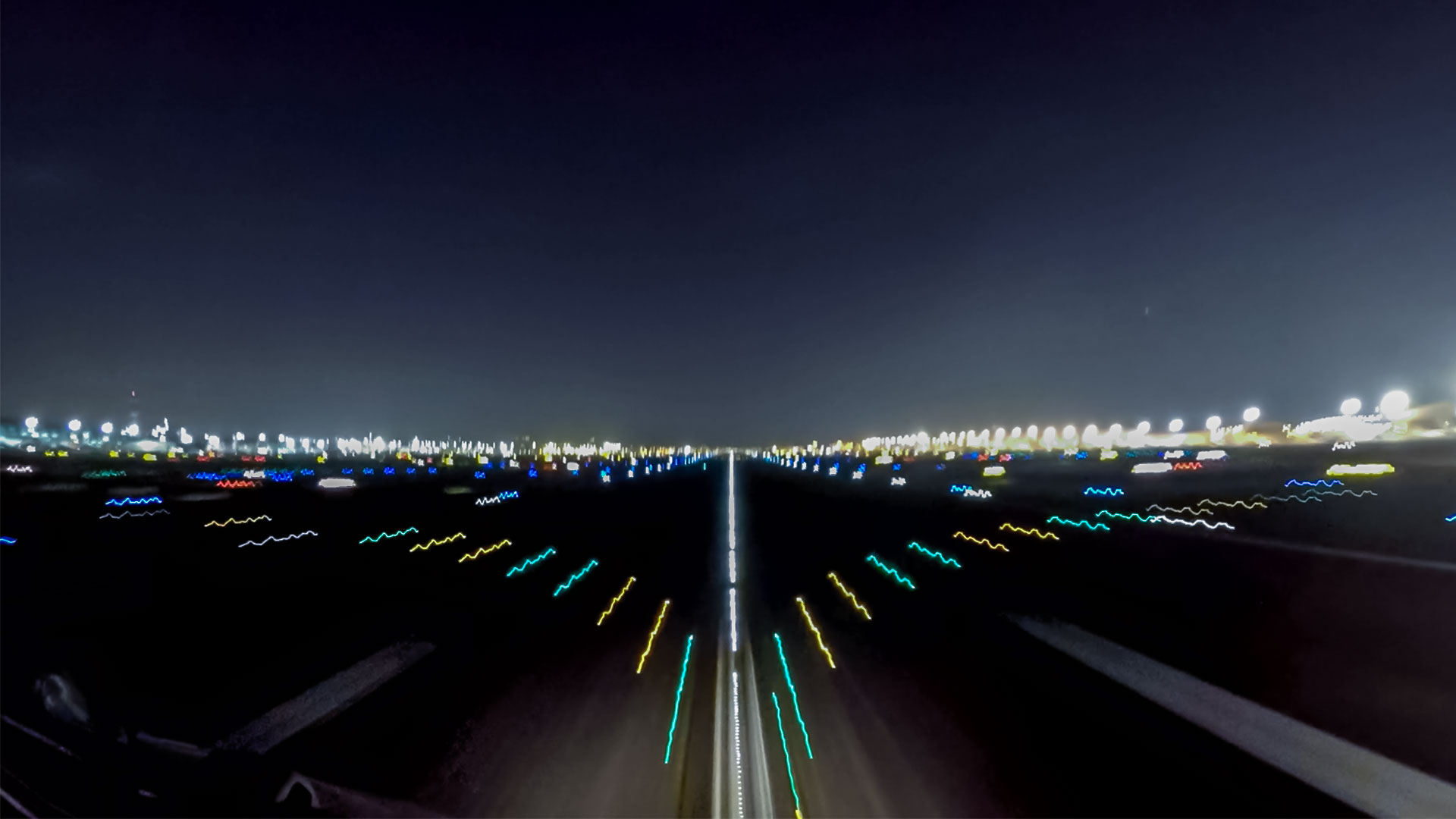January 2023 | 1242 words | 5-minute read
There are few sights as awe-inspiring as a passenger aircraft taking off and landing at an airport. Despite its current ubiquity, flying is still considered an achievement of human ingenuity and a daily miracle of engineering and technology.
While considerable attention has been rightfully given to the magnificent flying machines – aircraft – the building and development of ground infrastructure is an equally fascinating topic. After all, no aircraft can get up in the sky without an air strip to take off from.
The coming boom
In the period from January to October 2022, passenger traffic in India stood at 98.8 million a growth of 59% from 62.2 million during the same period the previous year. The Airports Authority of India (AAI) expects the air passenger traffic in India to grow to 827 million a year by 2032-33, from the 341 million in 2019-2020.
This growth calls for a massive augmentation of existing infrastructure and the creation of greenfield airports in addition to strengthening existing routes. In August 2022, the civil aviation ministry announced its early steps to build 21 greenfield airports and increase routes from the existing 425 to 1000.

Tata Projects is emerging as a strong contributor to this expansion. In June 2022 it was awarded the engineering, procurement, and construction (EPC) contract for the Noida International Airport (NIA), one of the most ambitious greenfield airport projects announced in India. As part of the assignment, Tata Projects will construct the terminal, runway, airside infrastructure, roads, utilities, landside facilities and other ancillary buildings of the airport. Previously, the company had built the new terminal for the Prayagraj airport (IATA: IXD) in a record time of 11 months.
“Airports will be a high growth sector for us. The important thing is that there are not too many big players who can do large airports in India, and we happen to be one of the few. It’s a huge opportunity.” - Vinayak Pai, CEO and Managing Director, Tata Projects
The company views the airport segment as a strategically important part of its offering. Says Mr Vinayak Pai, CEO and Managing Director, Tata Projects, “Airports will be a high growth sector for us. The important thing is that there are not too many big players who can do large airports in India, and we happen to be one of the few. It’s a huge opportunity.”
Audacious projects
Tata Projects’ ability to take on large transportation projects is not new. The company is currently involved in building the underground metro line 3 in Mumbai, the Chennai metro (Phase 2), Pune and Jaipur metros, as well as the challenging trans-harbour sea link in Mumbai, among other path-breaking and mission-critical projects.
The new terminal building at the Prayagraj airport, officially called the Pandit Deendayal Upadhyay airport, is a testimony to Tata Project’s ability to turn around large projects in a short timeframe. One of the oldest in India, and the third largest in the state of Uttar Pradesh, the historical airport opened in 1931 and was one of the first three international airports in India. For a few decades after independence, it was closed to commercial traffic while serving exclusively as the base airport for the Central Air Command of the Indian Air Force (IAF). Commercial traffic was reintroduced in the early 2000s to cater to increased demand in the region.
The new terminal was commissioned in 2018 and within 11 months after the commencement of the construction and in time for the Kumbh Mela of 2019, the project was delivered. Mr Vinayak Pai, CEO and Managing Director, Tata Projects says of the Prayagraj airport: “Delivery of this project in the record time is testimony to the team’s proven capabilities in executing projects ahead of time with the assured quality for which the Tata brand is known for. It gives us immense pleasure to make this terminal accessible in time to meet the demands of the Kumbh pilgrims.”
“Delivery of this (Prayagraj) project in the record time is testimony to the team’s proven capabilities in executing projects ahead of time with the assured quality for which the Tata brand is known for." - Vinayak Pai
The airport can handle a peak of 300 passengers and covers an area of 6700 square feet. For Tata Projects, the completion was significant as it was the first domestic airport project for which it was assigned a full EPC contract. Says Mr Ravishankar Chandrasekaran, Executive Vice President & SBU Head - Urban Built Form, “This was the first domestic airport project for us, at a miniature scale but having all the airport systems like Baggage Handling System, Passenger Boarding Bridge, Passenger Terminal Buildings, Common use passenger processing systems building, apron, taxiway and complete Mechanical, Electrical and Plumbing and Integrated Control Technology packages.”
The project received appreciation from key stakeholders and received Green Rating for Integrated Habitat Assessment-IV rating for sustainability.
India’s largest airport
If the Deendayal Upadhyay airport at Prayagraj was a miniature project, the upcoming Noida international airport (NIA), located 7km north of the town of Jewar in western UP, is at the other end of the spectrum in terms of scale, turnaround time and ambition. Once completed, the airport will be India’s largest, and the first net zero emissions airport. The airport is being developed by Zurich International AG, the operator of the Zurich airport in Switzerland, and Tata Projects and slated to begin operations in 2024.
The first phase of the airport is expected to cater to 12 million passengers each year. This includes a terminal building of 148,000 square meters with seven passenger boarding bridges, a cargo terminal building, a runway and taxiway, apron, fire station, air traffic control (ATC) tower, an administrative block, a power sub-station, car parking, navigation aid buildings and landside, and airside works – all of which are part of Tata Project’s EPC remit. As per the draft master plan, when all phases are complete in 30 years, the airport will have six runways, expandable to eight, and serve more than 70 million passenger each year.

The airport promises to live up to high aesthetic standards as well, for which Tata Projects is partnering with some of the best airport design firms globally. It is being visualized to look and feel like a haveli, a traditional Indian mansion, with a courtyard that will allow fresh air and sunlight into the terminal building. The design of the roof is inspired by the important river of the region, the Yamuna. The passenger terminal is expected to feature intricate lattice screens.
“NIA will showcase a grand entry to the state of Uttar Pradesh. The world-class airport will set a benchmark in aviation infrastructure and development of multiple-airport systems in India.” - R Chandrasekaran, Executive VP & SBU Head - Urban Built Form, Tata Projects
As Mr Chandrasekaran says, “NIA will showcase a grand entry to the state of Uttar Pradesh. The world-class airport will set a benchmark in aviation infrastructure and development of multiple-airport systems in India.”
‘An airport is more than just an airport’
Besides serving passenger traffic by decongesting the Indira Gandhi International Airport at New Delhi and serving the region, the NIA will also host India’s largest center for repair, maintenance, and overhaul of aircraft. This facility is expected to occupy 40 acres of land and will provide employment opportunities in an around the region, highlighting the economic significance of the airport.
The economic impact of an airport particularly one as large as NIA cannot be over emphasised. Mr Vinayak Pai says, “When you set up an airport, it’s not just an airport, because you have air side, then you have the terminal and then you have all the technology around it. But then, the ecosystem you create around it is so fascinating.”
Mr Pai highlights the Tata advantage that gives the company an edge over other players in the business. “As ‘One Tata’ we can bring our ecosystem to the airport sector. Right from the airlines, the steel, the hotels, the energy requirements, our sustainability emphasis and much more. All the components of Tata together is our differentiator,” he says.
In the meantime, all eyes are on October 2024 when the NIA will be commercially operational, adding one more feather to Tata Projects’ already illustrious transportation cap.
- Haroon Bijli



